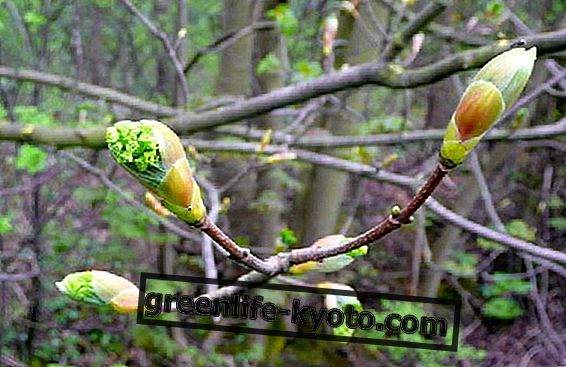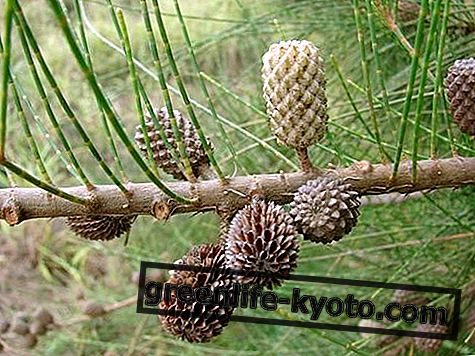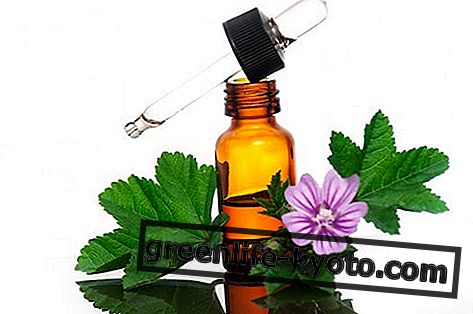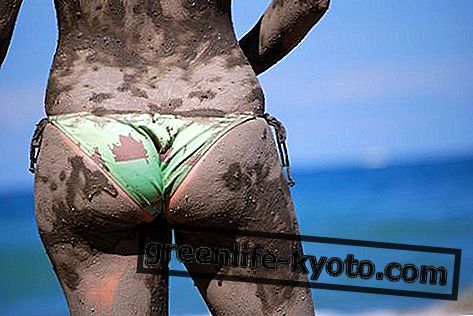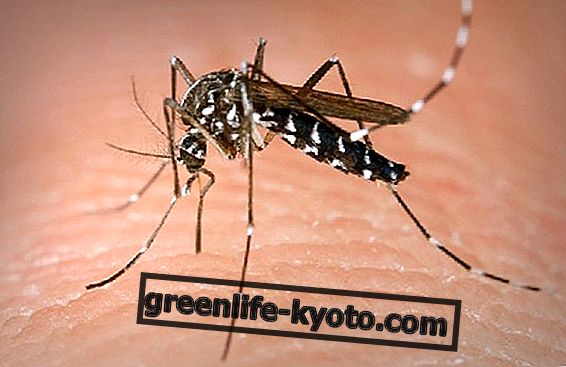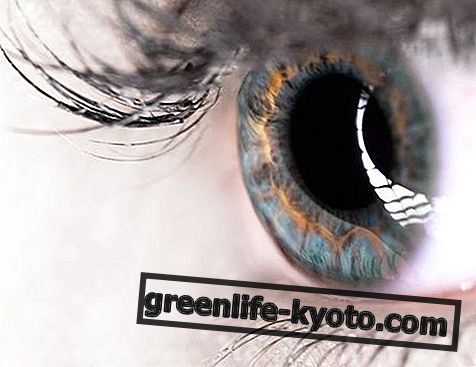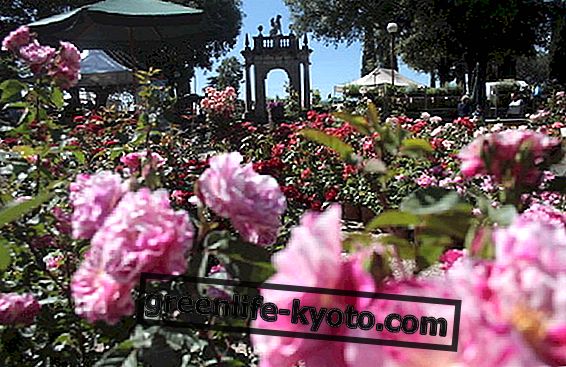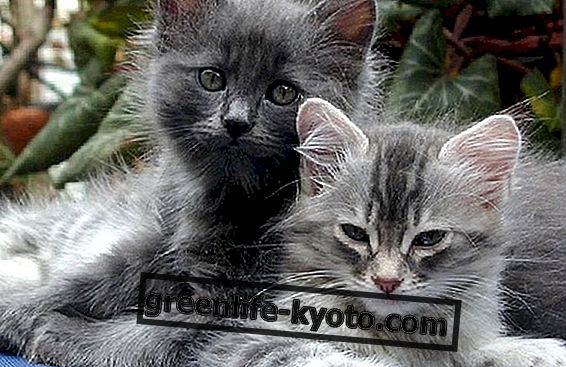
The horsetail, a primitive plant also known as horse's tail, has numerous cosmetic properties for skin, hair and nails.
Rich in antioxidants, silica and molecules with astringent properties, horsetail is used to restore the skin's tone and elasticity to the face and body, to purify the skin and greasy hair, to strengthen hair and nails.
Properties and cosmetic uses of horsetail
The sterile stems of horsetail are harvested in summer, are used fresh and more frequently dried and are rich in minerals, sterols, ascorbic acid, phenolic acids and flavonoids .
Traditionally, horsetail is used as a diuretic and mineralizing ; in cosmetics it is used for the prevention of skin aging and cellulite, but also to tone, firm, remineralise and purify the skin.
Thanks to its properties, the horsetail is therefore suitable for mature skins, oily skins, skins that have lost tone and elasticity and also finds space in the fight against cellulite .
Horsetail also stimulates and tones the scalp and therefore promotes hair growth . Thanks to the astringent action, horsetail is used to regulate the production of sebum in the treatment of oily hair. Equisetum, finally, thanks to silica is also able to reinforce fragile nails .
For the cosmetic treatment of skin, hair and nails, masks, lotions, horsetail-based shampoos, powders or decoctions can be used.
Horsetail decoction for cosmetic use
Horsetail is a spontaneous plant and it is not difficult to find many specimens in meadows and woods. Experts can collect the sterile stems of the plant and prepare a decoction that can be used for internal or external use.
The horsetail decoction is prepared with:
> 50/100 g of fresh plant
or
> 10/20 g of dry plant
to boil for 30 minutes in a liter of water and filter before consuming.
Alternatively, fresh equisetum juice, horsetail powder, horsetail fluid extract and horsetail mother tincture can be found on the market: all these products can be purchased in herbal medicine.
Horsetail lotion for brittle hair and nails
To have strong and shiny hair apply this lotion evenly over the entire hair, without rinsing: in this way you will tone the scalp, stimulating hair growth and preventing it from falling.
You can also apply the lotion on your nails several times a day, massaging well.
Ingredients
> 60 mL of rosemary hydrolat
> 40 mL of horsetail decoction
Method
Prepare the horsetail decoction, strain and leave to cool. Add the rosemary hydrolate and transfer it to a jar with a spray. Store in the refrigerator for no more than seven days.
Horsetail is also a remedy against kidney stones
Horsetail lotion for oily skin
If your skin looks greasy and tends to show impurities, try this sebum-regulating horsetail lotion : in addition to normalizing sebum production, this lotion helps the skin regain tone and elasticity, preventing the appearance of wrinkles.
Apply the lotion with a cotton swab after cleaning the face, twice a day, without rinsing.
Ingredients
> 47 mL of mineral water
> 25 mL decoction of horsetail
> 25 mL of mint hydrolate
> 3 g of vegetable glycerin
Method
After preparing the horsetail decoction, strain and let it cool. Then add the rest of the ingredients to the decoction and mix well. Transfer to a 100 milliliter bottle and refrigerate for up to one week.
Discover also the properties and use of horsetail mother tincture
Horsetail sludge against cellulite
Horsetail mud can be useful in treatments against orange peel skin, to tone and improve tissue elasticity: apply them consistently, three or more times a week.
Ingredients
> 5 tablespoons of green clay
> 3 tablespoons of horsetail powder
> decoction of horsetail
Method
Mix the green clay and the powdered horsetail in a bowl. Add the previously prepared decoction, already filtered and warm, until a thick and homogeneous mixture is obtained.
Mix well, then apply a thin layer of product on the areas to be treated and leave on for about 20 minutes. Rinse with warm water and apply a moisturizer.
The horsetail plant
The horsetail ( Equisetum arvense L.), also called cavalline tail, is part of the Pteridophytes, plants belonging to the Tracheophyte group and characterized by a well-developed sporophyte which alternates with a small gametophyte.
The sporophyte of the horsetail is represented by a rhizome from which an erect stem develops which has numerous knots. At each knot are inserted numerous leaves welded together, which form a protective sheath around the stem. At the base of this sheath the branches differ, particularly rough to the touch since they are characterized by walls rich in silica. The plant can reach about 60 centimeters in height, it grows in wet soils and is very common.
The horsetail has fertile axes in the spring where chlorophyll is not present; then sterile photosynthesizing axes are developed which constitute the plant's drug.
